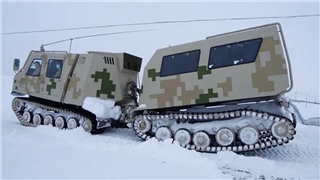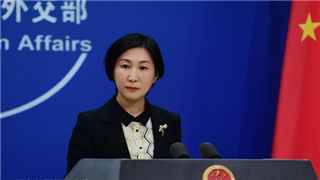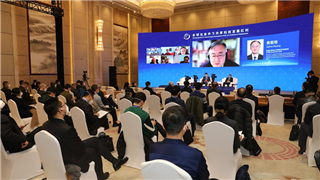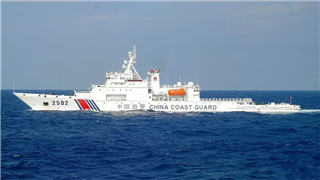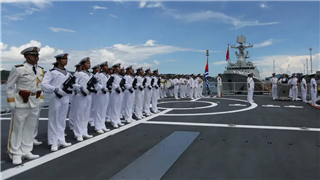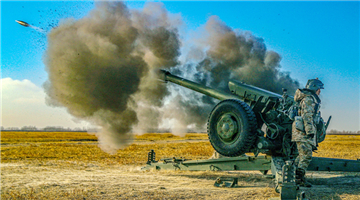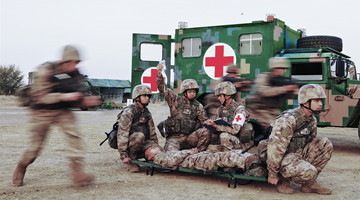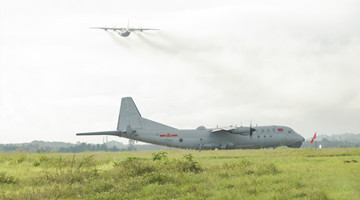US F-22 Raptor stealth fighter jets reappeared again on the Korean Peninsula and participated in the US-ROK military drill held in the airspace around the ROK after four years. The B-52 nuclear-capable bombers also participated in the drill. Meanwhile, the ROK tested its first air-to-surface missile. Facing the continuous provocations by US and ROK, the DPRK resolutely responded by launching test products of military reconnaissance satellites and short-range missiles. Public opinion began to worry that there might be another storm on the Korean Peninsula.
Teng Jianqun, director of the Center for Arms Control and International Security Research at China Institute of International Studies (CIIS), believes that sending combat aircraft to the ROK and holding military drills have become an important aspect of the US troop deployment in the Western Pacific region, especially in Northeast Asia. The US tries to use this method to strengthen the deployment of troops in the Western Pacific region, especially in some countries and bases close to China. Such a move has a lot to do with the US strategy of the entire region because the US is engaging in "strategic competition between major powers”, and it must strengthen its control over allies such as the ROK and Japan. The continued deployment of troops in this region aims to strengthen military cooperation or military coordination with the ROK and other countries. In addition, the US also wants to take advantage of this opportunity to improve the overall combat capabilities in the Western Pacific region. The Pacific Deterrence Initiative proposed by the US in 2020 is to deploy offensive and defensive missile systems from Alaska, the ROK, Japan, the Taiwan Island, and the Philippines and it aims to flex its muscle to show its existence.
According to foreign media reports, the US and the ROK will resume the Foal Eagle joint drill that has been suspended for five years next year and further expand its scale. Teng analyzed that the situation in Northeast Asia has suddenly become tense since the beginning of this summer, and the main reason is that the US is playing a game here. In fact, in 2018, then-US President Donald Trump reached a certain consensus with DPRK leader Kim Jong-un and the ROK and the US promised to reduce the frequency and scale of drills. The Korean Peninsula was in a relatively stable state at least before May this year. With President Biden's visit to the ROK and Japan in 2022, we can see tensions in the region are rising.
The US had sent an aircraft carrier battle group to the ROK's Busan Port, dispatched B-1B strategic bombers, and this time it sent B-52 and F-22 fighter jets. The US, the ROK and other countries are resuming the previous Operations Plan (OPLAN) 5015 as they aim to seize air supremacy over the Korean Peninsula and adopt the preemptive strike drill. From the point of view of the Biden administration, the US can reap the benefits in all aspects by setting off a tense situation in this place. Just like reaping the benefits after provoking the Russia-Ukraine conflict in Europe, said Teng.
Teng said that relevant countries in the region must maintain a high level of vigilance against this background. The first victims will be Japan and the ROK once a conflict or even a war breaks out. The US will definitely stay away and will not help the ROK or Japan to fight against relevant countries, especially major powers.
Editor's note: Originally published on hbtv.com.cn, this article is translated from Chinese into English and edited by the China Military Online. The information and opinions in this article do not necessarily reflect the views of eng.chinamil.com.cn.
